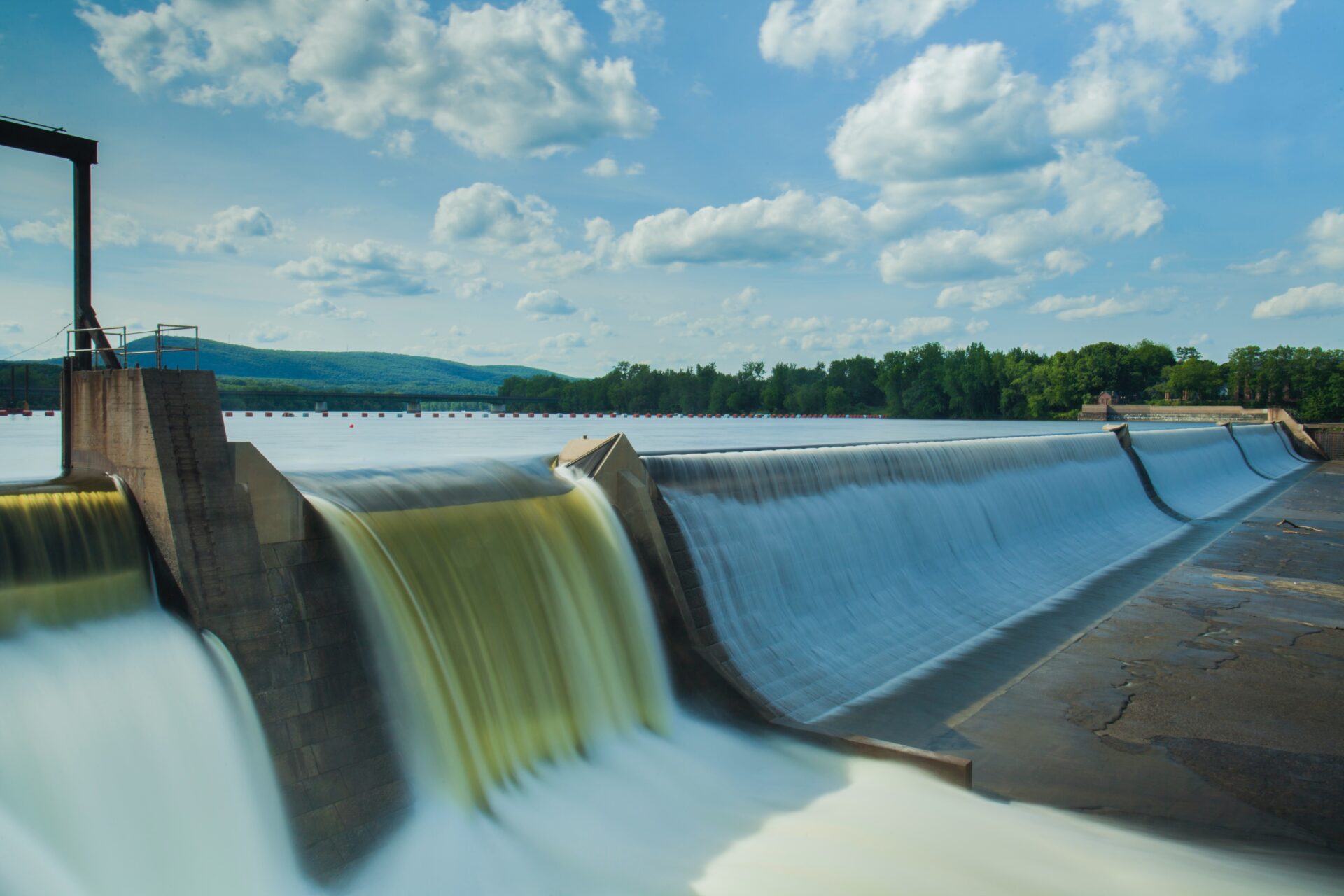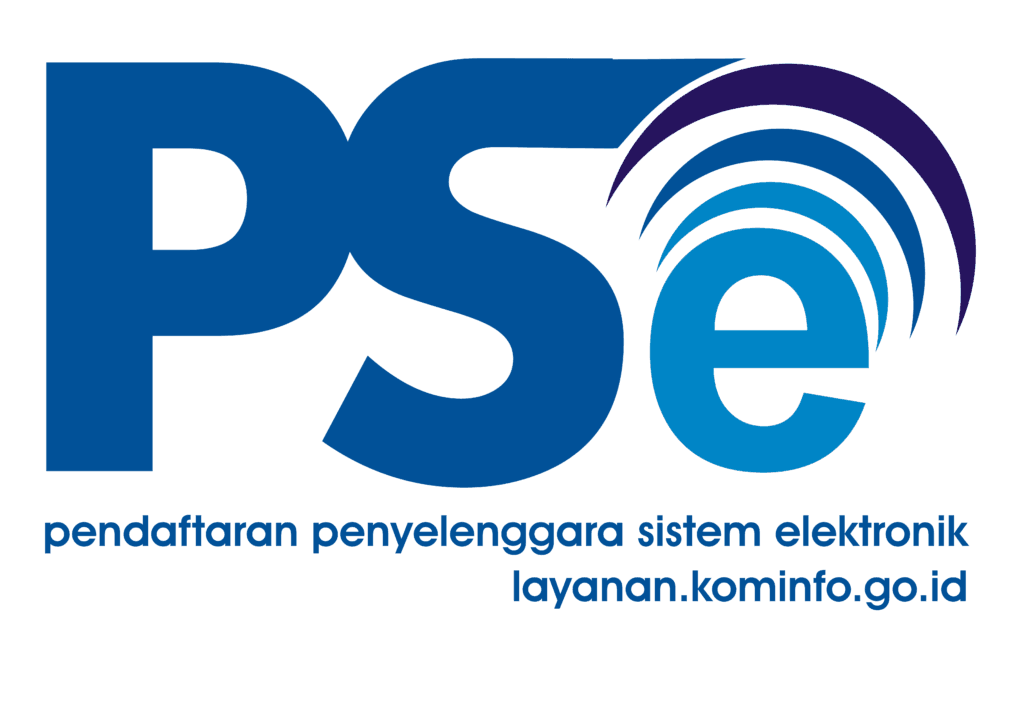
- Indonesia’s Hydroelectric Power: Capitalizing on its Vast Water Resources for Clean and Abundant Energy Generation
- A hydropower plant is a power plant that generates energy by using water resources
- Hydroelectric power plants use kinetic and mechanical energy to turn turbines, which turn generators
Indonesia, a sprawling archipelago blessed with abundant natural resources, has been actively exploring renewable energy sources to meet its growing energy demands while reducing its carbon footprint. Hydroelectric power stands out as a promising and sustainable solution among the various renewable energy options. With its vast network of rivers, lakes, and waterways, Indonesia possesses a significant untapped hydro potential that can contribute to its transition towards a greener and more resilient energy sector.
Indonesia boasts an extensive hydrological network comprising rivers, streams, and lakes, making it an ideal candidate for harnessing the power of water. The country’s topography and climate lend themselves to significant hydroelectric potential. With over 17,000 islands, Indonesia has abundant water resources, including large rivers such as the Kapuas, Barito, and Musi, offering immense hydropower generation opportunities.
Additionally, the country’s numerous mountainous regions provide favourable conditions for the construction of dams and reservoirs, allowing for the storage and controlled release of water to produce electricity. Despite its rich hydrological resources, Indonesia has only scratched the surface of its hydroelectric potential.
According to the Ministry of Energy and Mineral Resources, the country’s total theoretical hydroelectric potential is estimated to be around 75 GW, with only about 6% currently harnessed. This untapped potential presents a significant opportunity for Indonesia to diversify its energy mix and reduce its reliance on fossil fuels.
Baca juga:
- Manfaatkan Sungai Melalui Pembuatan Turbin Air Pembangkit Listrik
- Inilah Jenis –Jenis Turbin Air yang Kamu Harus Ketahui!
Current State and Challenges: Overcoming Obstacles to Harness Hydro Power

While the potential for hydroelectric power is immense, several challenges need to be addressed to tap into Indonesia’s hydro resources fully:
1. Environmental Concerns: Constructing dams and reservoirs for hydroelectric projects can have environmental implications. The alteration of river flow, displacement of communities, and the loss of biodiversity are some of the concerns associated with large-scale hydroelectric projects. Indonesia must balance harnessing the hydro potential and mitigating environmental impacts through comprehensive environmental impact assessments, community engagement, and implementing sustainable practices.
2. Infrastructure Development: Developing hydroelectric projects requires significant investments in infrastructure, including dams, turbines, transmission lines, and substations. Ensuring the availability of adequate infrastructure, particularly in remote areas, poses a challenge. Public-private partnerships and targeted government incentives can play a vital role in attracting investment and fostering the development of infrastructure needed to harness hydropower effectively.
3. Regulatory Framework: A well-defined regulatory framework is essential to promote hydroelectric development and attract private investments. Streamlining the permitting process, establishing clear guidelines for project development, and helping incentives for renewable energy projects create an enabling environment for the growth of the hydro sector. Indonesia has made progress by passing the Renewable Energy Law in 2020, which aims to provide a solid legal foundation for renewable energy development, including hydro.
Baca juga:
- Peran Pembangkit Listrik Tenaga Air dalam Aksi Perubahan Iklim
- Ini dia, Persebaran Energi Hidro di Indonesia
However, realizing this potential requires strategic approaches and effective strategies for a hydro-powered future. Some key strategies are aimed at unlocking Indonesia’s hydro potential, enabling the country to embrace a renewable energy transition while addressing challenges and maximizing the benefits of sustainable hydroelectric power generation. By delving into these strategies, we can envision a future where Indonesia harnesses the power of water to propel itself towards a more resilient and environmentally friendly energy system.
Unlocking the Potential: Strategies for a Hydro-Powered Future

To harness the full potential of hydro energy, several strategies can be implemented:
1. Small-Scale Hydro: Besides large-scale hydroelectric projects, there is significant potential for small-scale hydro development in Indonesia. Micro and mini hydro projects can be established in remote areas, providing electricity to off-grid communities and supporting rural development. These smaller projects are often more environmentally friendly and less disruptive than large-scale dams, making them an attractive option for sustainable energy generation.
2. Renewable Energy Integration: Integrating hydro
The integration of hydroelectric power with other renewable energy sources such as water (hydro), solar, or wind power is known as renewable energy integration through hydro. This entails merging hydropower plant generation capabilities with those of solar or wind farms, resulting in a hybrid system that maximizes energy production and reliability. Indonesia may attain a more balanced and continuous renewable energy supply by integrating hydropower with other renewables. It uses the complementary nature of different renewable sources to meet its energy demands.
In conclusion, Indonesia’s untapped hydroelectric potential presents opportunities for a greener and more resilient energy sector. Overcoming environmental, infrastructure, and regulatory challenges is crucial. Strategic approaches like small-scale hydro projects and integration with other renewables can unlock this potential, reducing reliance on fossil fuels. This transition would promote sustainable development and create a brighter, more sustainable future.
#zonaebt #sebarterbarukan #ebtheroes
Editor: Azahra Nabila
Referance
[1] PLTA Terbesar di Indonesia Tahun 2022, Kapasitas diatas 500 Megawatt
[2] Kapasitas Pembangkitan Listrik Indonesia Capai 73,74 GW pada 2021, PLTU Mendominasi



Comment closed